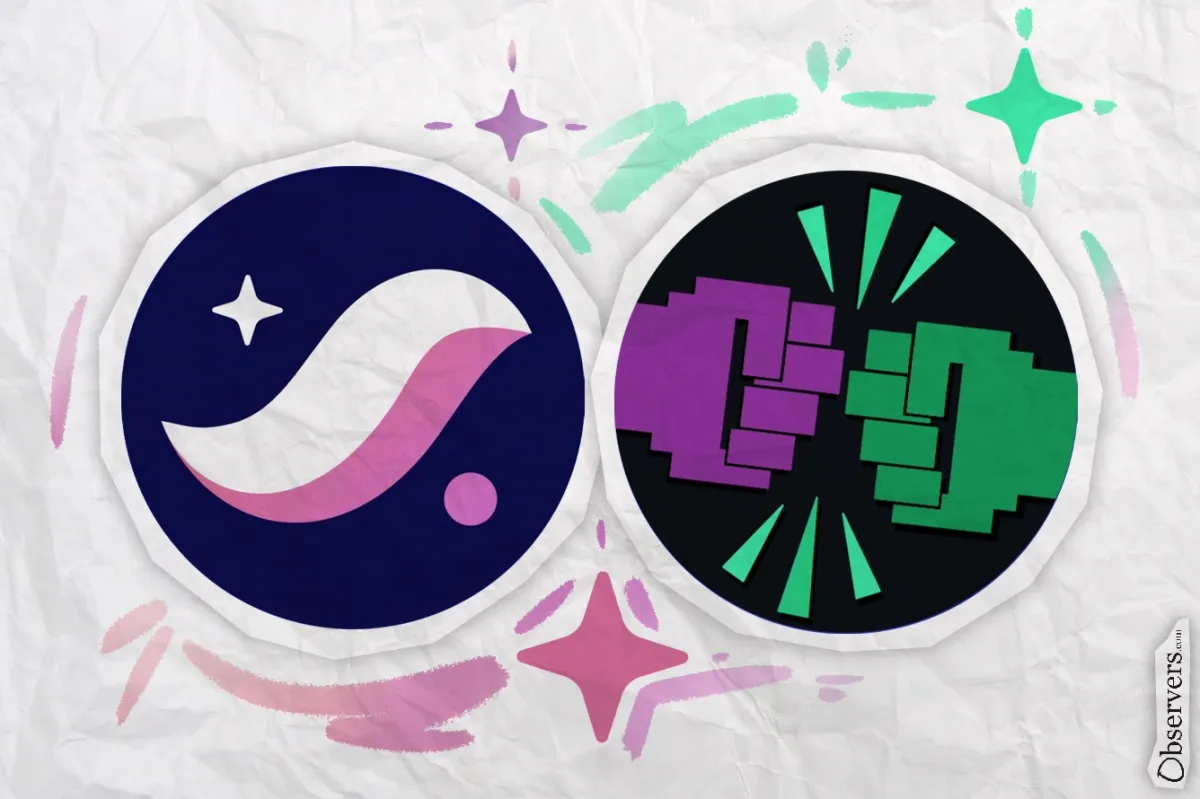
Starknet was initially envisioned as a high-performance Layer 2 network for Ethereum, built on STARK proofs to enable scalable and secure smart contract execution without compromising decentralization. Its core innovation lay in using zero-knowledge validity proofs—specifically STARKs—to batch thousands of transactions off-chain and post a succinct proof to Ethereum, dramatically reducing gas costs and increasing throughput.
Unlike optimistic rollups, Starknet promised instant finality and resistance to quantum attacks, appealing to developers seeking robust infrastructure for advanced DeFi and gaming applications.
While technically ambitious and early to market, the actual rollout of Starknet was uneven. Delays in performance optimization, developer tooling, and user experience left the network underutilized relative to its potential, and adoption remained limited despite a growing ecosystem.
Compounding the issue was a rocky token launch and governance rollout. Starknet’s native token, STRK, faced criticism over its distribution model, which heavily favored insiders and left large allocations unvested and unclear. The backlash was not just about fairness—it created uncertainty in the market, weakening community trust and developer confidence.
The perception of a misaligned incentive structure likely contributed to stagnating on-chain activity. At a time when rival Layer 2s were aggressively incentivizing growth through airdrops and ecosystem funds, Starknet’s hesitant and centralized token rollout became a drag on its network effects, leaving builders cautious and liquidity shallow.
Meanwhile, the Layer 2 landscape has grown increasingly competitive. Networks like Arbitrum and Optimism have taken the lead in terms of total value locked, developer traction, and user adoption, driven by strong incentive programs and faster iteration. Base, backed by Coinbase, quickly gained a user base through seamless fiat onramps and integration with centralized infrastructure.
zkSync and Linea have also made significant strides with their own zk-rollup architectures, targeting both DeFi and consumer-facing apps. In contrast, Starknet, despite its technically superior proof system, has struggled to translate its theoretical advantages into market share.
Starknet Taps into Bitcoin Ecosystem with Broly Launch
Recently Starknet introduced Broly, a new inscription service that lets users create Bitcoin inscriptions without needing to hold any BTC or interact directly with the Bitcoin network.
Bitcoin inscriptions, which rose to prominence in 2023, are similar to NFTs in spirit. They involve attaching data to individual satoshis—each one uniquely numbered and traceable. Whoever owns the satoshi owns the inscription that comes with it.
Broly changes how this process works. Instead of operating within Bitcoin’s notoriously complex infrastructure, it shifts the action to Starknet. Users submit inscription requests by signing them on Starknet. An “inscriber” then picks up the request, carries it out on Bitcoin, and returns a proof to Starknet confirming the transaction. The entire workflow is handled through smart contracts, abstracting away the technical messiness of working directly with Bitcoin.
This creates something Bitcoin doesn’t have natively: an execution layer. According to the Starknet team, this could unlock a new wave of apps, from Pump.fun-style projects to wallets with native inscription support.
With Broly, it is pretty clear Starknet is shifting gears. Up until now, their focus was firmly on Ethereum, but lately, there has been a noticeable pivot toward Bitcoin. It is not just a side experiment either. The team seems serious about the idea of Starknet becoming a kind of bridge or execution layer that can work across both chains. Whether that means fully committing to Bitcoin or simply staying flexible depending on what developers and users need, remains to be seen. But the direction has definitely changed.
With the technology behind Starknet, the chain can batch transactions, prove their validity using STARKs, and submit those proofs to either Ethereum or Bitcoin, depending on the needs of the app or user. If it plays out that way, Starknet would be the first L2 to offer this kind of dual-settlement model.
Beyond Broly, the team is developing several other products aimed at connecting Starknet more deeply with the Bitcoin network. One notable project is ColliderVM, a protocol designed to establish a trust-minimized bridge between Bitcoin and Layer 2 networks like Starknet. Last month, the team also hinted at upcoming support for Bitcoin staking on Starknet, with a tentative launch planned for Q3 2025.
On Ethereum, Starknet has struggled to gain serious user traction, with network activity declining for months. The pivot to Bitcoin, where Layer 2 competition remains limited, may offer better market positioning and a chance to regain relevance. But while this move opens new ground, it also marks a sharp departure from Starknet’s original ambition of building scalable, trustless computation. What began as a mission to advance Ethereum’s technical frontier is now entangled with inscription hype—an arguably less noble use case that risks reducing the project to yet another trend-driven platform.

